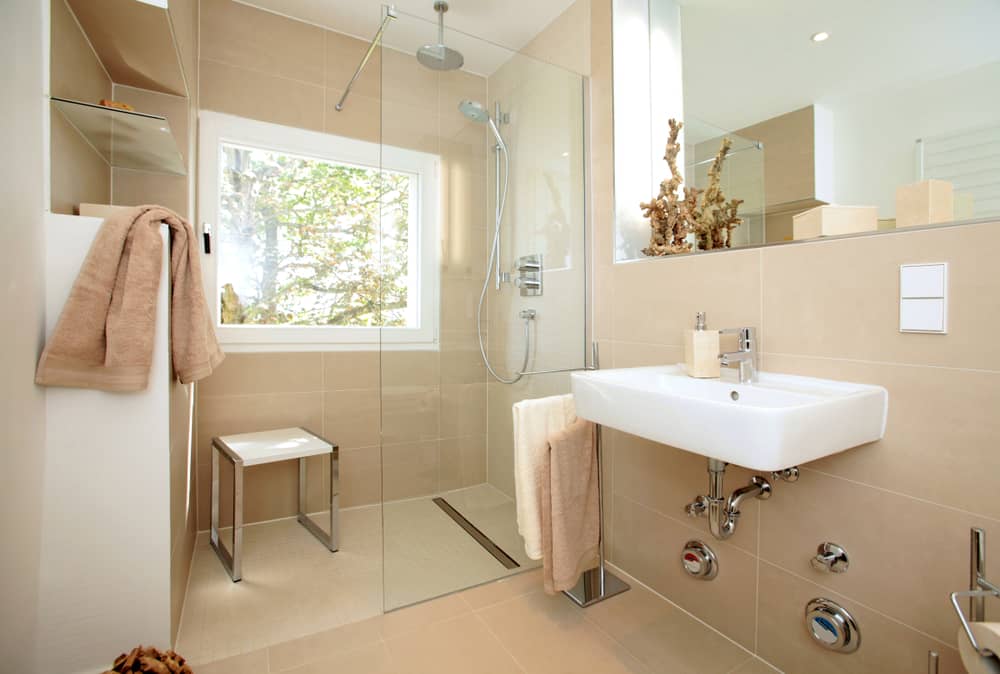
Designing homes that accommodate the needs of individuals with disabilities is essential for fostering independence and improving quality of life. Bathrooms, one of the most frequently used spaces in any home, are critical in achieving accessibility. Many remodeling services focus on adapting bathrooms to meet diverse needs while ensuring comfort, safety, and functionality. We will explore how Knoxville General contractor contributes to creating accessible spaces that empower individuals with disabilities and ensure their living environments are inclusive.
Assessing Accessibility Needs in Bathroom Design
The first step in creating an accessible bathroom is assessing the individual’s needs. Disabilities vary widely, and a one-size-fits-all approach often fails to address unique challenges. Remodeling services work closely with homeowners to evaluate requirements, whether they involve mobility issues, visual impairments, or limited dexterity. Key considerations include the user’s ability to maneuver within the space, the functionality of fixtures, and the level of assistance required for daily tasks.
Layout adjustments are often a priority, as traditional bathrooms may lack the space needed for wheelchairs or mobility aids. Expanding doorways, lowering countertops, and increasing floor space are common modifications. Essential fixtures such as sinks, toilets, and showers are carefully planned to ensure they are easily accessible without strain. Additionally, thoughtful consideration is given to the height and reach of fixtures to accommodate varying levels of physical ability. Bathroom remodeling services pave the way for greater independence and convenience by tailoring the design to individual needs.
Incorporating Safety Features for Enhanced Usability
Safety is a critical component of accessible bathroom design, particularly for individuals with disabilities who may face a higher risk of slips and falls. Remodeling services prioritize installing features that enhance stability and reduce hazards, creating a secure user environment. Slip-resistant flooring is a common addition, as it provides better traction and reduces the likelihood of accidents in wet conditions. Materials like textured tiles or rubber mats are both practical and durable.
Grab bars and handrails are another essential feature that offers support and stability near toilets, bathtubs, and showers. These fixtures are strategically placed to assist with movement and transfers, allowing users to maintain balance and confidence while navigating the space. Adjustable-height showerheads, foldable shower seats, and curbless showers enhance usability by making bathing routines safer and more accessible.
Lighting also significantly contributes to creating a safer bathroom environment. Bright, evenly distributed lighting reduces shadows and enhances visibility, particularly for individuals with visual impairments. Motion-sensor lights are a convenient addition, eliminating the need to locate switches in the dark. Through these safety enhancements, bathroom remodeling services ensure that the space is functional and secure for daily use.
Enhancing Comfort and Functionality
Remodeling services address accessibility and safety while focusing on creating a comfortable and functional bathroom environment. Comfort is particularly important for individuals with disabilities, as it contributes to their overall well-being and independence. Adjustable fixtures, such as height-adjustable sinks and toilets, cater to users with different needs and preferences. These features allow for customization, ensuring the bathroom remains functional for years.
Storage solutions are another key consideration in accessible bathroom design. Traditional cabinets may be difficult to reach or open, so remodeling services often incorporate pull-out shelves, lazy Susans, and open shelving units. These options make accessing toiletries, towels, and other essentials easier without straining or requiring assistance. Thoughtful design also extends to features like touchless faucets and automatic soap dispensers, which simplify everyday tasks and minimize physical effort.
Moreover, the integration of smart technology has revolutionized accessible bathroom design. Innovations like voice-activated lighting, temperature-controlled showers, and automated bidets enhance comfort and convenience. By embracing technology, remodeling services can create modern, user-friendly spaces that empower individuals with disabilities to manage their routines independently.
Fostering Independence Through Inclusive Design
The ultimate goal of accessible bathroom remodeling is to foster independence and improve the quality of life for individuals with disabilities. Inclusive design principles emphasize the importance of creating spaces usable by people of all abilities without needing adaptation or specialized tools. By incorporating features that promote autonomy, bathroom remodeling services enable individuals to perform daily tasks with confidence and dignity.
For example, installing roll-in showers eliminates the need for assistance when entering or exiting the bathing area. Similarly, lever-style faucets and door handles are easier for individuals with limited hand strength or dexterity. These seemingly small modifications can profoundly impact the user’s ability to navigate their environment independently.
Inclusive design also benefits caregivers and family members who may assist. Remodeling services reduce the physical strain and challenges associated with caregiving by creating a safe and accessible space. This approach fosters a sense of empowerment for both the individual and their support network, ultimately contributing to a more inclusive and supportive living environment.
Creating accessible bathrooms is critical to ensuring that individuals with disabilities can live independently and comfortably in their homes. Through thoughtful design, safety enhancements, and the integration of innovative features, bathroom remodeling services contribute to spaces that empower users and promote dignity. By addressing individual needs and incorporating inclusive design principles, these services play a vital role in fostering independence and improving quality of life. Accessible bathroom remodeling is more than a functional upgrade—it’s a transformative process that opens doors to greater possibilities for individuals and their families.